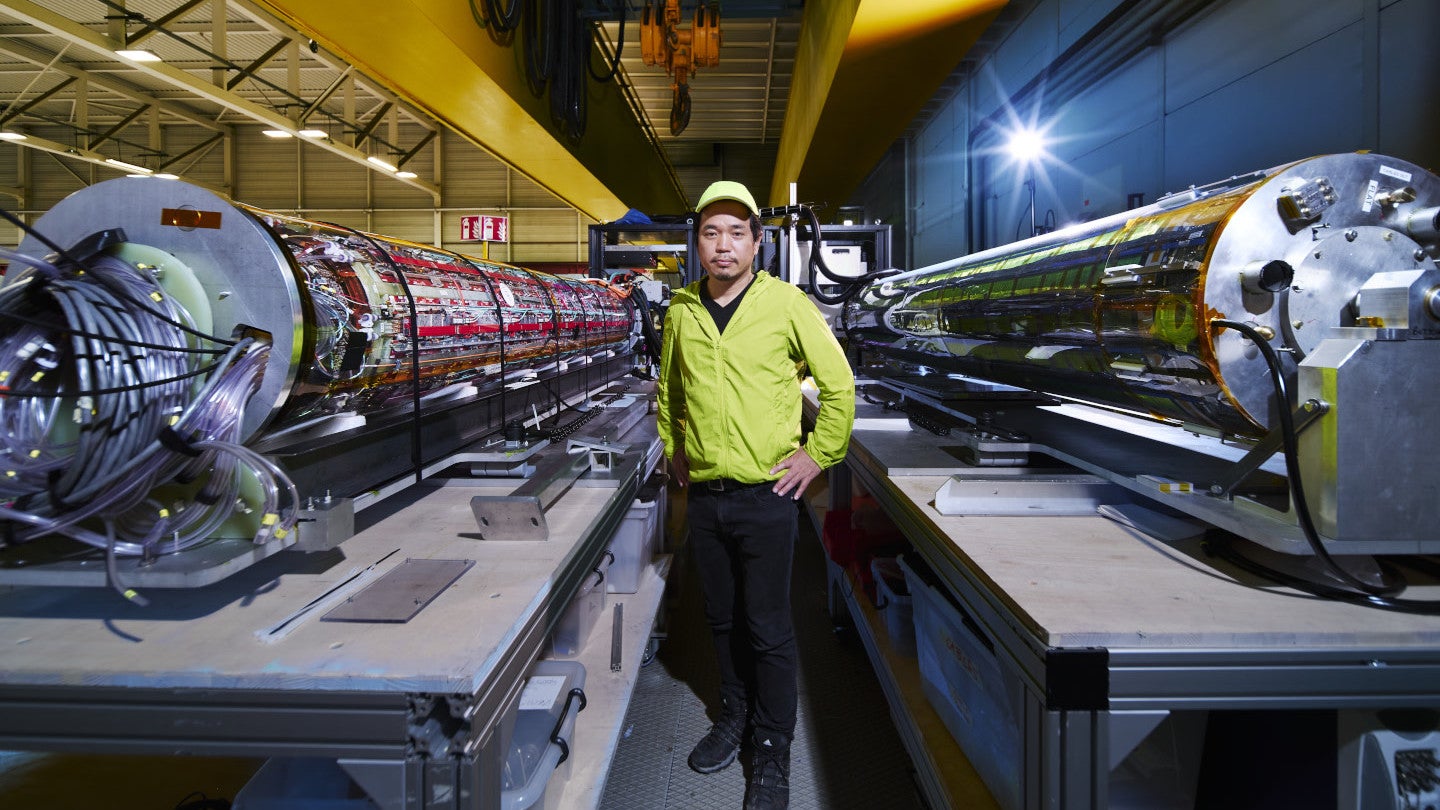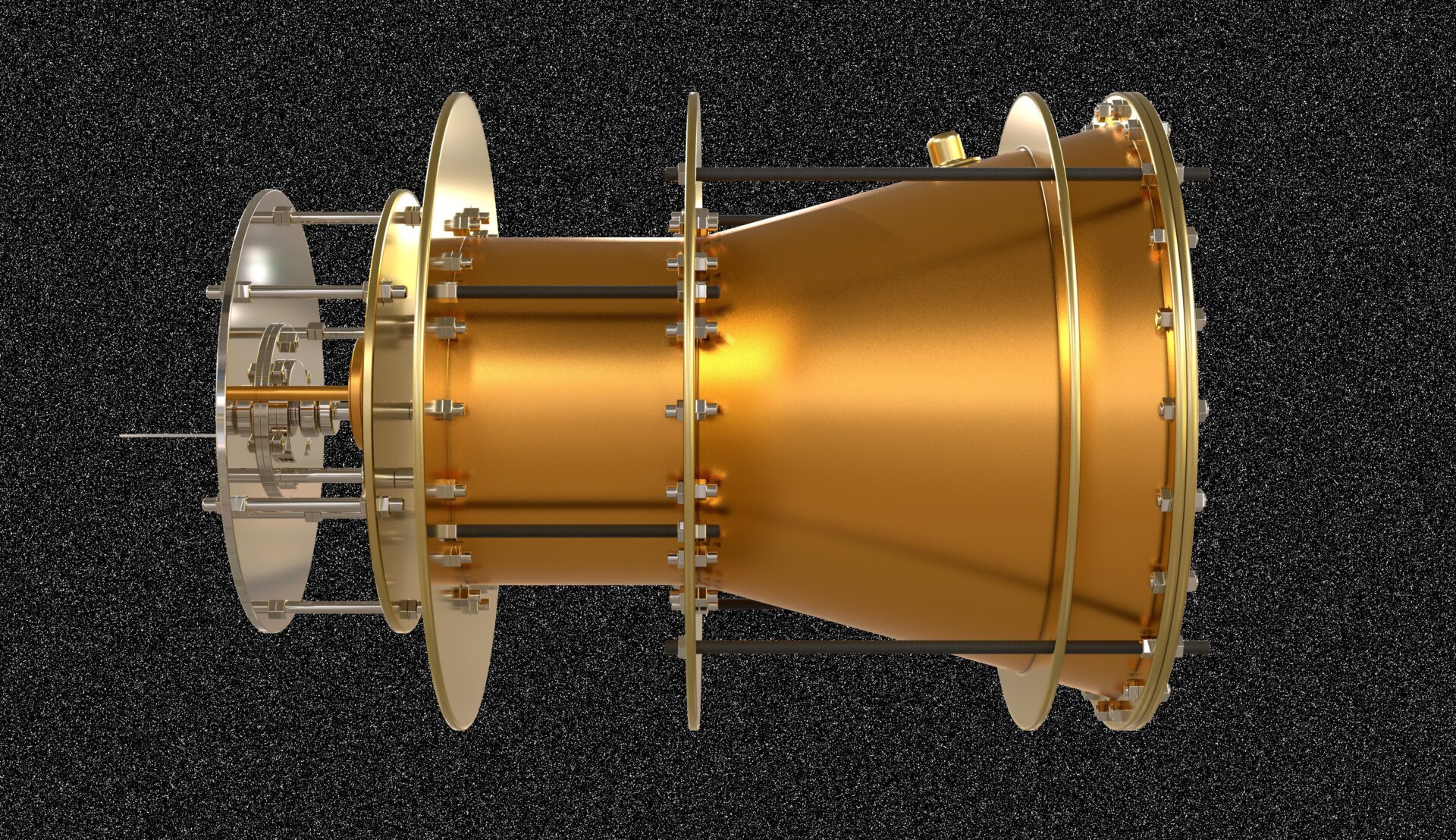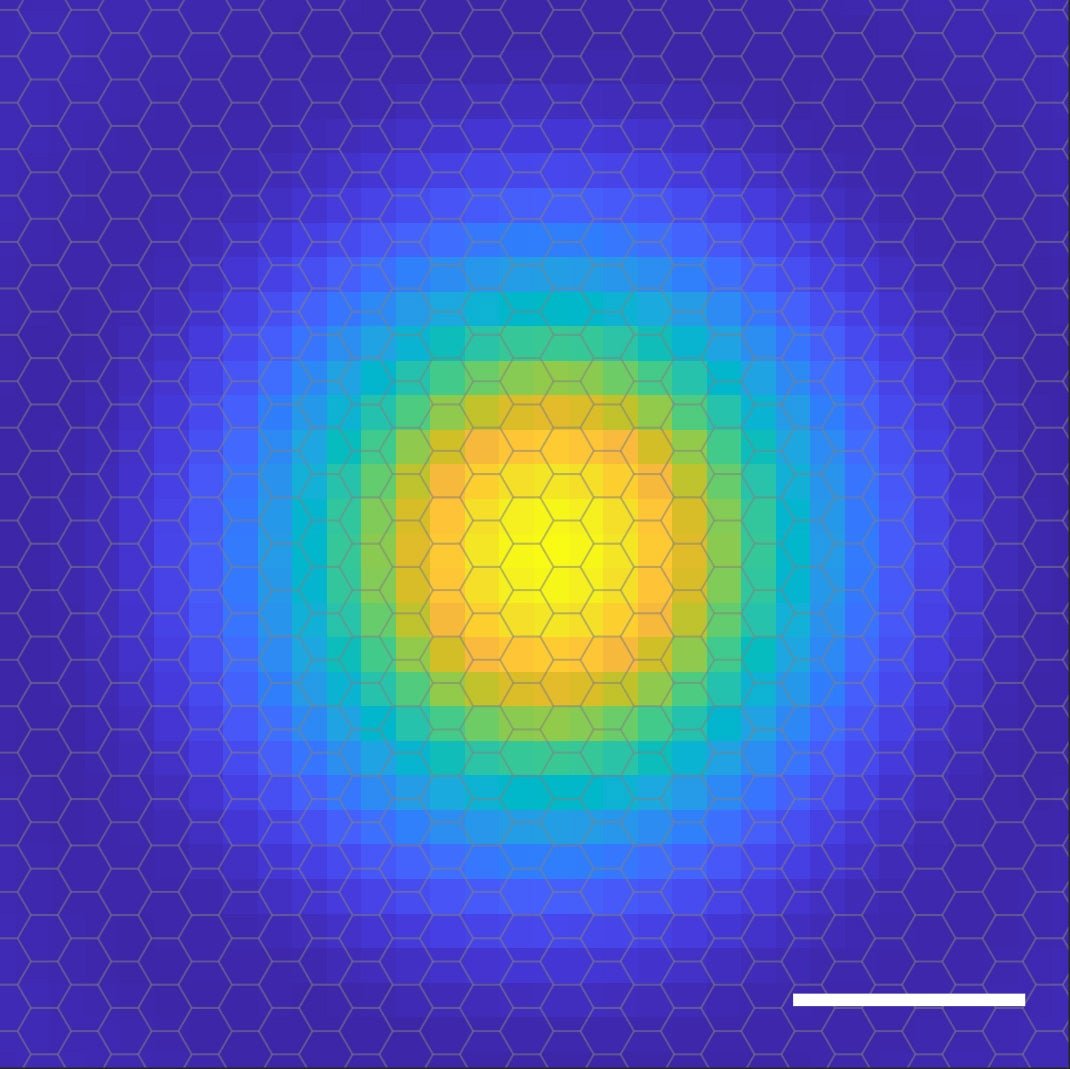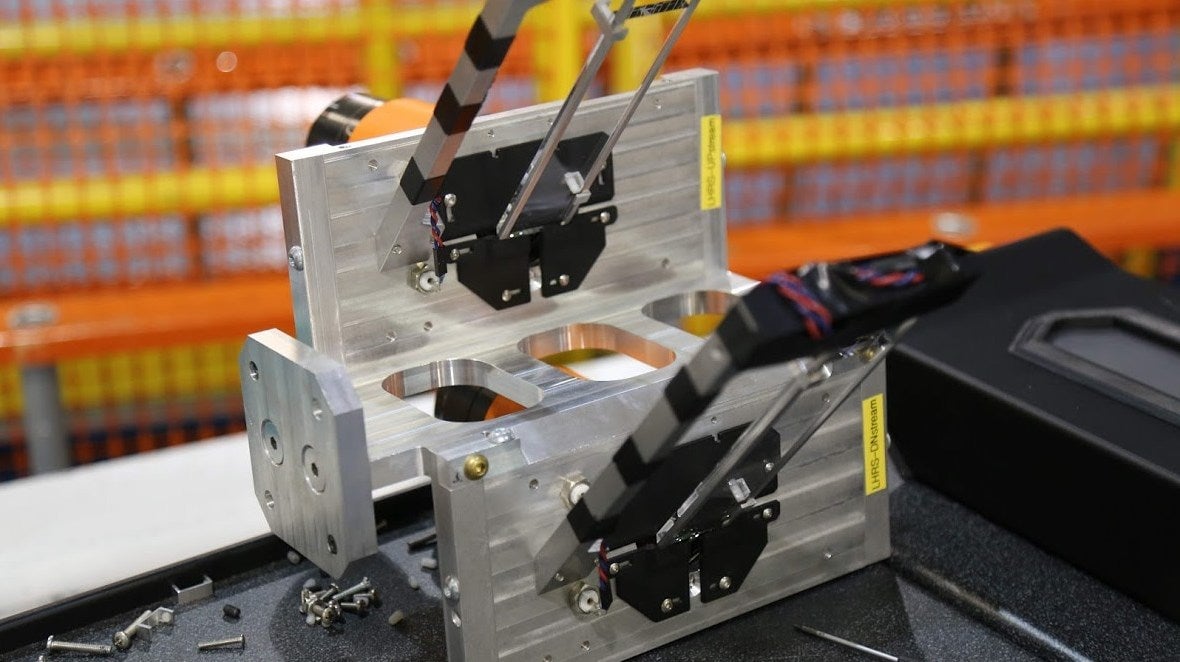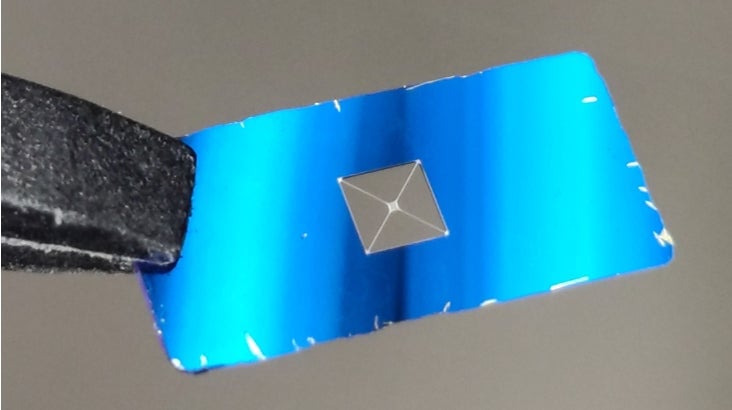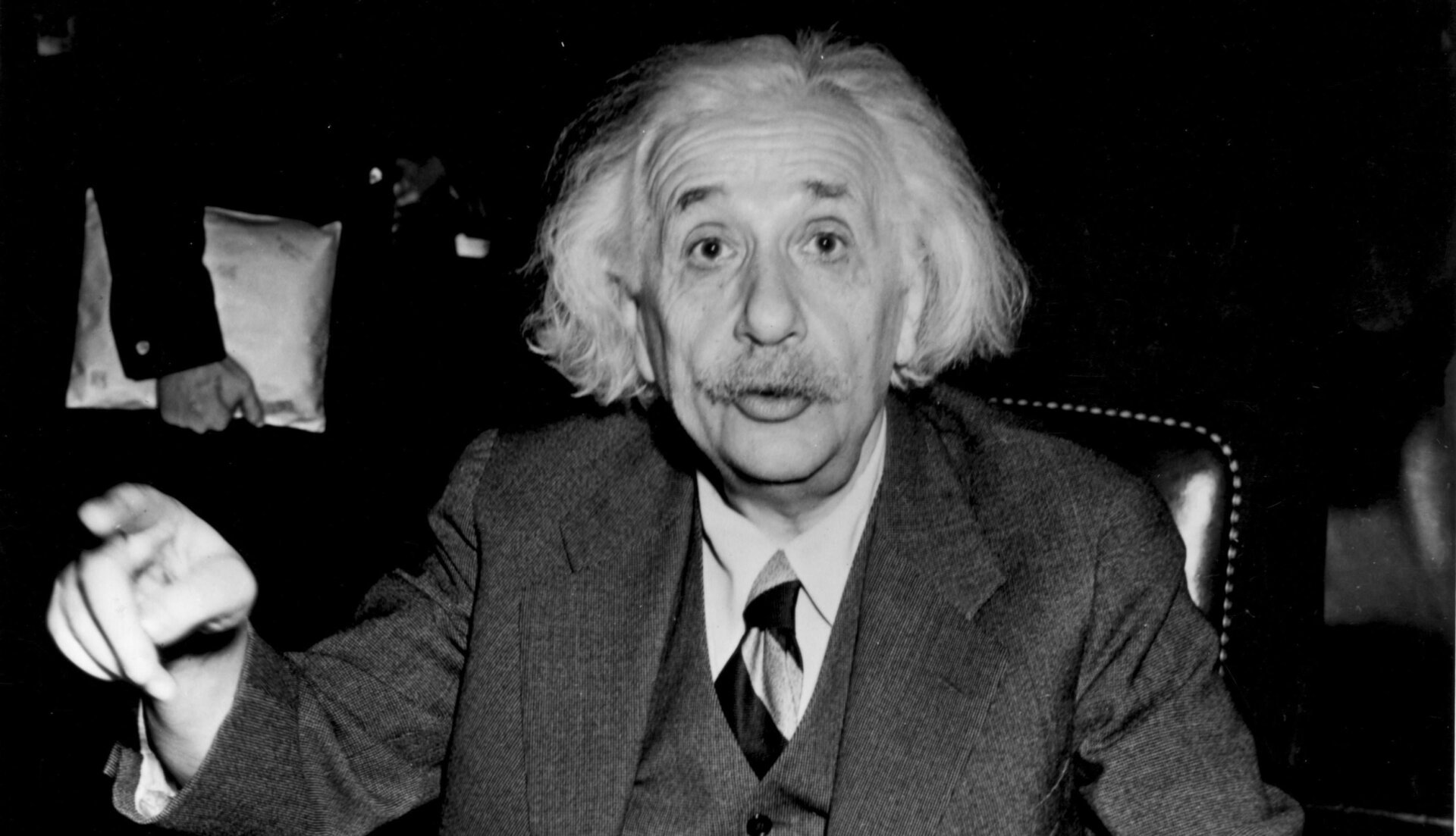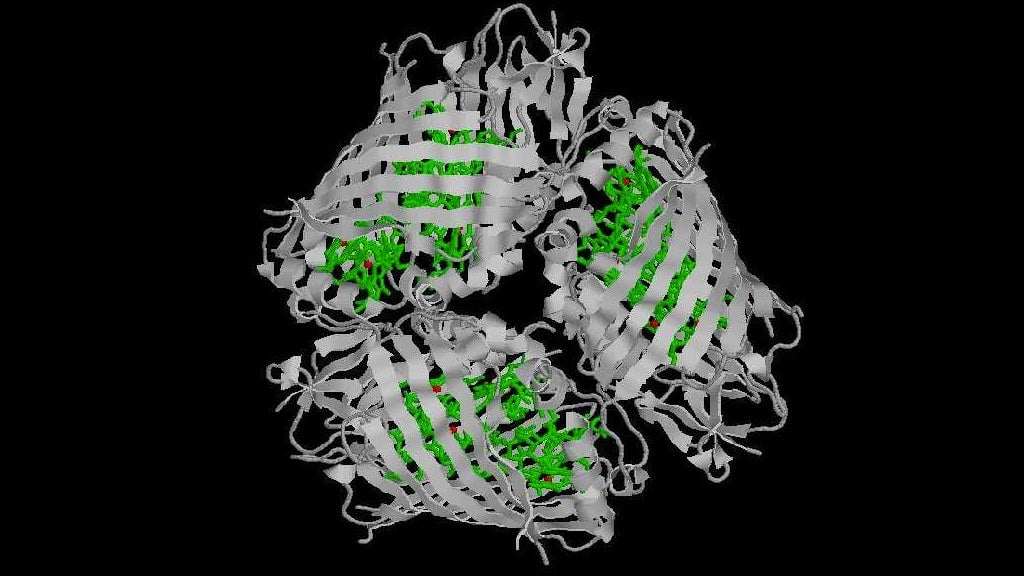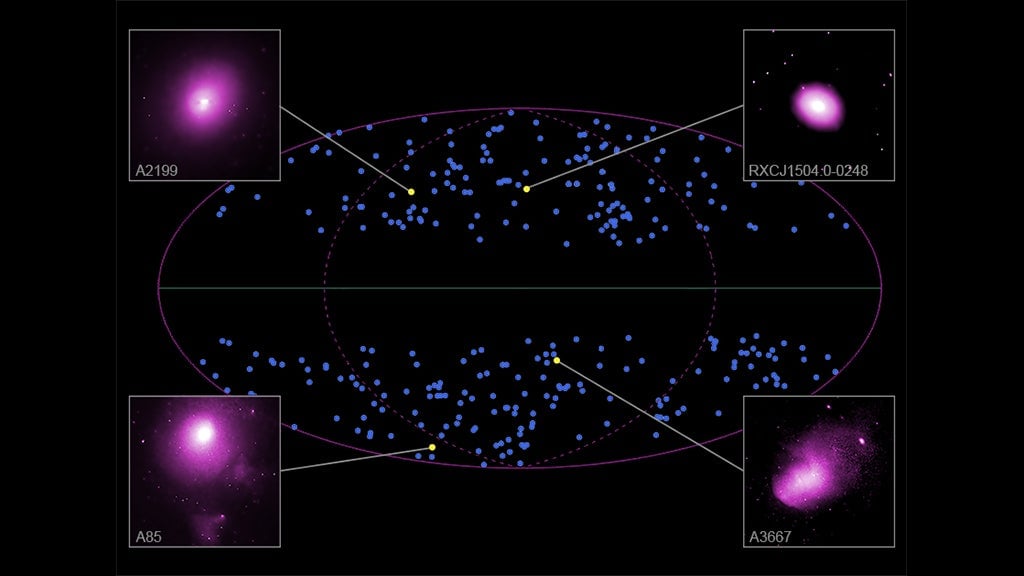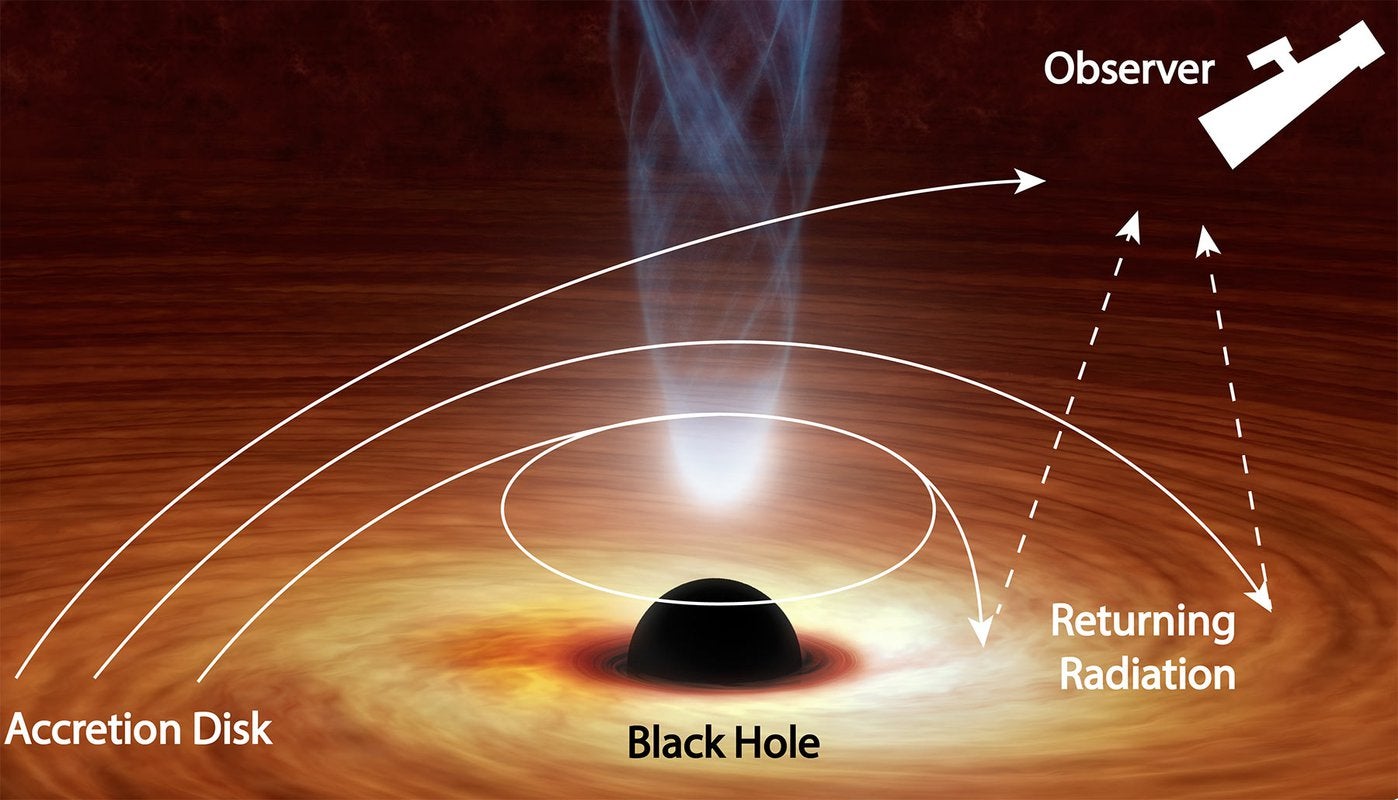For just over a week in July 2018, physicists at CERN employed a novel technique to dramatically slow down antimatter particles. This experiment, a culmination of a decade of work by the international ALPHA collaboration, involved a specially designed high-powered laser. The team recently announced their success in significantly reducing the speed of antimatter, bringing its temperature closer to absolute zero. Their findings were published in Nature. This breakthrough is critical for understanding the subtle differences in how physical laws govern matter and its enigmatic counterpart, antimatter.
Antimatter can be considered a mirror image of matter, composed of particles with opposite charges. Electrons, with their negative charge, have positively charged positron counterparts in the antimatter realm. Similarly, protons and antiprotons have opposite charges. While matter and antimatter annihilate each other upon contact, the minuscule quantities produced at CERN pose no threat.
Since antimatter’s discovery 93 years ago, our ability to study it has greatly improved. The ALPHA project, now in its second phase, focuses on antihydrogen atoms – a positron orbiting an antiproton, analogous to the structure of a hydrogen atom. First trapped in 2011, antihydrogen’s simplicity makes it ideal for these experiments.
“Slowing antiatoms enables more precise measurements of their properties. Just as it’s harder to see fast-moving objects than slow ones, the same principle applies in quantum physics,” explained Makoto Fujiwara, a particle physicist with TRIUMF, during a video call. “Longer observation times lead to more precise measurements.”
Before laser cooling, the trapped antihydrogen moved at speeds comparable to a Lamborghini Gallardo, exceeding 200 miles per hour, according to Fujiwara. The physicists then bombarded the antiatoms with photons from the laser.
“When a photon hits an atom, it excites the atom and alters its motion,” said Takamasa Momose, an atomic molecular spectroscopist who built the laser for the project. “We controlled the light to excite only approaching atoms, thereby decelerating them.”
This laser cooling technique slowed the antiatoms by an order of magnitude, to roughly the speed of a cheetah, effectively reducing their temperature. Photons act as ammunition, targeting the antiatoms. This extreme cold facilitated observation of particle behavior, potentially offering insights into the universe’s missing antimatter, a long-standing puzzle in particle physics. This observed asymmetry – the universe’s abundance of matter over antimatter – hinges on understanding the behavior of larger antimatter structures compared to their matter counterparts.
Fujiwara and Momose envision a range of future antimatter research. This includes studying antimatter molecules and comparing them to familiar molecules. The HAICU project, a Canadian-CERN collaboration slated for 2027-2036, aims to build an anti-atomic fountain to observe the free fall of antiatoms.
Another ongoing project, Alpha-g, is investigating gravity’s effect on antimatter. “We’ll charge an antihydrogen atom and observe its fall, comparing it to normal matter,” Fujiwara explained. “Hot, fast-moving atoms disperse upon release, masking gravity’s influence. Slower atoms react more noticeably to gravity.”
These researchers hope to answer fundamental questions about the universe’s peculiar nature. While currently harmless due to its scarcity, antimatter could become incredibly interesting as more complex structures, like molecules, are studied. But before we get there, a deeper understanding of antimatter physics is crucial.



